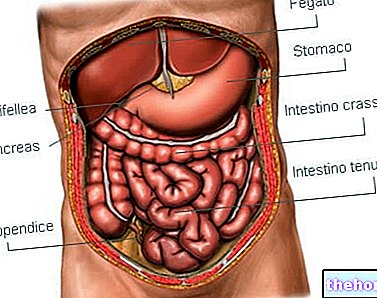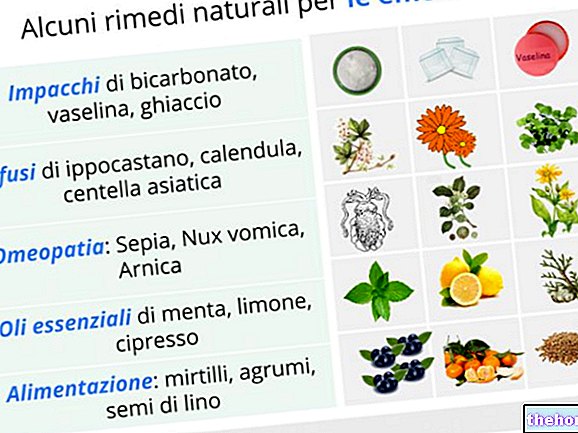What is the Breath Test?
The Sorbitol Breath Test is a useful test for diagnosing celiac disease and other diseases that cause malabsorption.
Digestion and Intestinal Gas
Like the other breath tests used for the diagnosis of food intolerances and malabsorption syndromes, the sorbitol breath test is also based on the principle that sugars escaped from intestinal absorption - after undergoing the fermentative action of the bacterial flora of the colon - damage origin in gases, such as hydrogen, which are absorbed by the mucous membrane of the large intestine and transported by the blood to the lungs.

Sorbitol
Unlike lactose, which being a disaccharide requires the digestive intervention of a specific enzyme (lactase) that splits it into the two constituent monomers, sorbitol is a simple sugar, a monosaccharide that does not need digestion to be absorbed.
It belongs in particular to the class of polyalcohols and is absorbed by diffusion in a quantity strictly dependent on the dose and concentration administered.
Principle of operation
In the presence of malabsorption syndromes, sorbitol is absorbed with greater difficulty. The unabsorbed portion is fermented by the microbial flora of the colon, giving rise to gases such as methane, carbon dioxide and hydrogen. These gases, responsible for gastrointestinal disorders such as cramps and swelling, are partly expelled rectally through flatulence and partly absorbed by the colic mucosa and conveyed by the blood to the lungs, from which they are eliminated through exhalation. Consequently, by dosing the quantity of hydrogen in the exhaled air after ingestion of sorbitol, and by comparing this data with the basal values measured after about 12 hours of fasting, it is possible to diagnose the presence of malabsorption syndromes, such as that associated with celiac disease. Although the increase in hydrogen levels in the exhaled air 60 minutes after ingestion of sorbitol is considered normal, an excessive increase (over 30 ppm), accompanied by abdominal cramps, is an indicator of a subject's sensitivity to sorbitol.
Sorbitol and Celiac disease
In celiac patients on a free diet, malabsorption of sorbitol is observed, therefore this type of breath test is useful for the identification of subjects with untreated celiac disease, therefore as a screening method to identify those subjects to be subjected to further tests (such as intestinal biopsy, currently the gold standard for the diagnosis of celiac disease).
Examination execution
The test begins by measuring the level of hydrogen in the air exhaled by the patient fasting for about 12 hours. After this first detection, the patient is asked to swallow 5 grams of sorbitol dissolved in 200 ml of water; from this moment on, the Hydrogen concentrations in exhaled air are measured at regular intervals of thirty minutes, for about three hours.




























